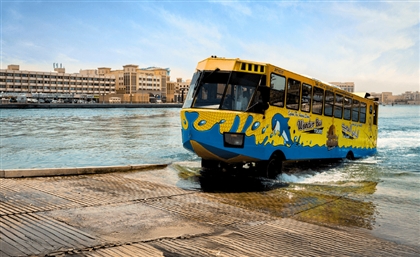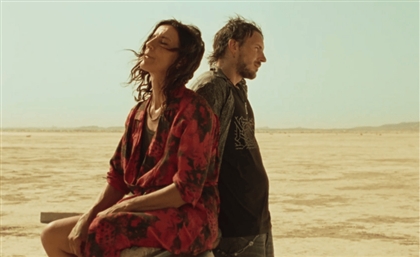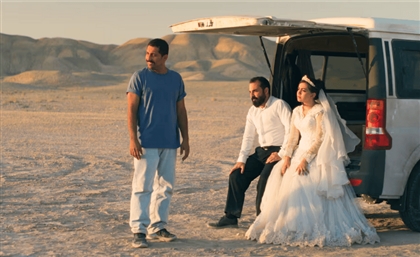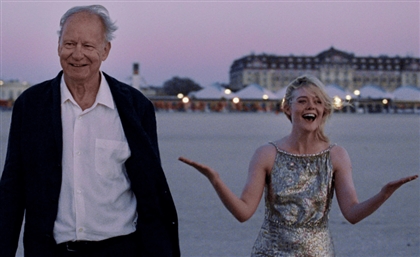12 Landmarks Around Egypt You Must Visit in Your Lifetime
If one were to set the imperial Egyptomania lens aside, they would find an Egypt more enigmatic than they could ever imagine.
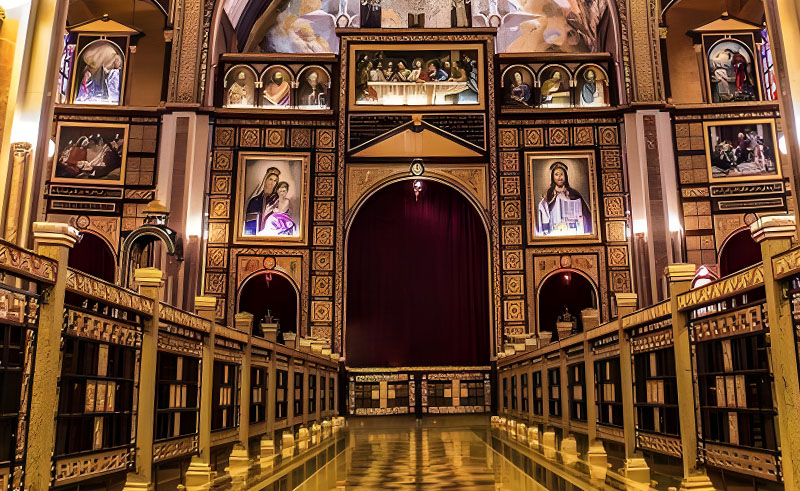
To confine Egypt to ancient realms alone is to yield to imperial echoes, a narrow lens that sidelines its vibrant depths. Beyond the pyramids' gaze, Egypt's narrative weaves through epochs, a tapestry of resilience and transformation. The Nile, twined within its fertile lands since time immemorial, bears witness to its storied past, labyrinthine present, and uncertain future, standing as both sentinel and guide.
Cairo, the bustling capital, teems with life, its chaotic streets juxtaposed against the backdrop of architectural marvels like the City of the Dead. Alexandria, with its cosmopolitan flair, evokes the spirit of its illustrious past as the beating heart of the world with the Bibliotheca Alexandrina. Often overlooked, yet brimming with captivating charm, Sohag, Assiut, and Al Minya unveil streets not less traversed, heritage not less profound, and landmarks not less impressive or ingenious than their more popular tourist counterparts like Dahab and Siwa. Even Luxor and Aswan have more to offer beyond the millennia old temples built for a long forgotten pantheon.
This list is an ode to some of Egypt's most beautiful sites, where the footprints of tourists and travellers, be they local or foreign, are scarce.
City of the Dead
Cairo
Nestled amidst the chaotic capital, the 'City of the Dead' is an ancient necropolis that evokes contemplation and reflection on mortality and the enduring ties between the living and the departed.
The labyrinthine streets wind through weathered mausoleums and tombs, bearing witness to generations past. Some mausoleums have been transformed into homes for the impoverished, where the living now convene with the dead. Magnificent mosques adorned with intricate calligraphy and stunning domes stand as testaments to the community's faith and devotion.
Aten Museum
Al-Minya

Despite its prolonged construction, which began in 2002 and is yet to be completed, the Aten Museum in Minya has already become a landmark in the Upper Egypt governorate, drawing plenty of admiration with its dramatic, deconstructed architecture that has overlooked the Nile river for almost two decades.
King Fouad's Institute
Assiut
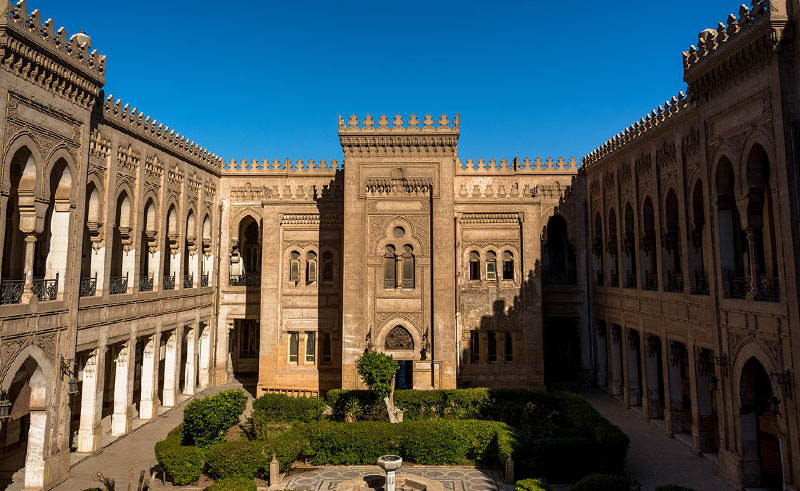
Nearly a hundred years ago, King Fuad - the late ruler of Egypt and Sudan - issued a royal decree to build an educational institute by the Nile river in Assiut. It was his response to a growing demand for institutions to host countless students flocking from neighbouring cities in Upper Egypt. Today it stands as a religious education hub and a marvellous example of the allure of Andalusian architecture.
The institute’s construction began in 1930 and was completed in 1934, yet the official inauguration took place in 1939 during the days of King Farouk. It was built in the form of three buildings, the first hosts classrooms, offices and laboratories and a large auditorium, the second houses students and the third is a mosque.
Basuna Mosque
Sohag

Basuna Mosque, designed and constructed by Waleed Arafa of Dar Arafa Architects, has made a profound impact on its users. After the collapse of the central funerary mosque in Basuna village, Sohag, in 2014, esteemed Islamic scholar Sheikh Osama Al Azhary partnered with Arafa to rebuild the mosque and breathe new life into Islamic values. The mosque's architecture, featuring a striking spiralling minaret and ingeniously engineered central dome, pays homage to the village's storied history while creating a sanctuary for worshippers.
Bibliotheca Alexandrina
Alexandria

The Bibliotheca Alexandrina is a modern-day marvel and a revival of the ancient Library of Alexandria. Serving as a centre for learning, research, and cultural exchange, it houses a vast collection of books and manuscripts, making it a beacon of knowledge and a symbol of Alexandria's rich intellectual heritage.
The Heavenly Cathedral
Sharm El Sheikh

It took a team of 19 to complete the Heavenly Cathedral, a thriving landmark that features an ocean of artworks covering its surfaces. Frescoes and murals depict biblical scenes such as the Last Supper, the Creation and Exodus, while the ceiling hosts St. John’s vision of the apocalypse.
Saint Eugenie Church
Port Said
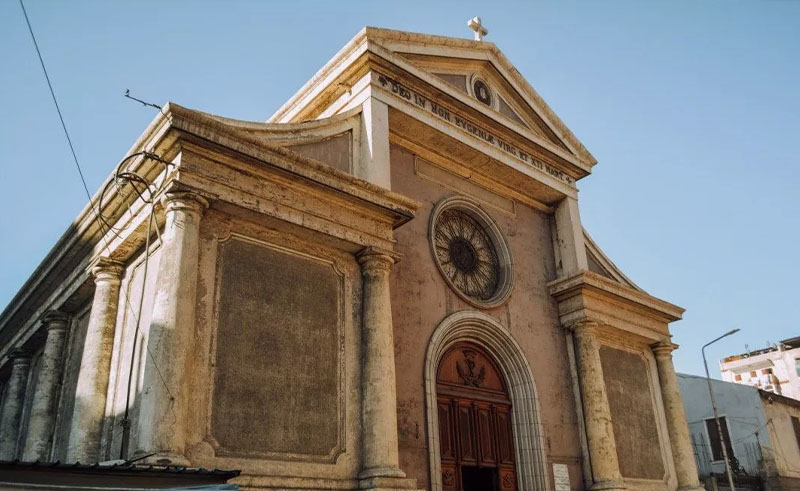
Port Said’s oldest church was first a wooden structure in 1867 which was then supplanted with the current structure in 1890. European in style, it features Neo-renaissance features that landed it in the Heritage List for Islamic and Coptic Monuments.
City of the Dead
Al-Minya
Zawiyyet al-Mayyiteen, located just outside the Al Minya, is an extraordinary cemetery known as the 'City of the Dead.' It is renowned as one of the world's largest cemeteries, and is characterised by a multitude of white conical domes that stretch across a wide plain, resembling waves in the sea.
Spanning several kilometers, Zawiyyet al-Mayyiteen served as a burial ground for both Muslims and Coptic Christians. This shared usage of the cemetery reflects the historical and cultural unity of the region. Exploring this necropolis invites contemplation on the transient nature of life, the inevitability of death, and the interconnectedness of humanity.
Nubian Village
Aswan
The Nubian village in Aswan emerges along the verdant banks of the Nile, a testament to the culture and unwavering spirit of the Nubian people. A tapestry of colours adorns the mud-brick houses, each hue narrating stories and reflecting the deep-rooted connection of the Nubian community to their land and heritage.
Its narrow alleyways beckon, revealing intricately adorned doors and windows, where murals depicting scenes from everyday life, folklore, and ancient Nubian legends paints their reverence for nature for all to see.
Howard Carter's House
Aswan

The former residence of the renowned archaeologist who is credited for the discovery the tomb of Tutankhamun a century ago. It offers visitors a chance to step back in time and learn about the fascinating history of ancient Egypt.
Saint Catherine's Monastery
South Sinai
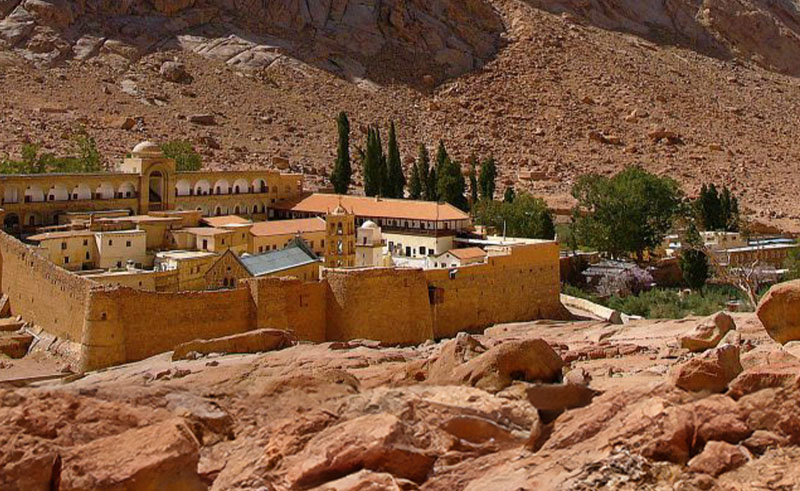
St. Catherine's Monastery, nestled at the foot of Mount Sinai in South Sinai, is one of the world's oldest active Christian monasteries in the world, dating back 17 centuries. The monastery is believed to have been built where God appeared to Moses, as told in the Qur’an and the Old Testament. With its rich history, stunning location, and vast collection of religious artefacts, it remains a significant pilgrimage site and a testament to the enduring legacy of Christianity in the region.
Ben Ezra Synagogue
Cairo
Nestled between the winding alleys of Coptic Cairo is Egypt’s oldest Jewish temple, the Ben Ezra Synagogue. The over millennium-old building was constructed in 882 A.D and named after prominent Jewish scholar and philosopher, Abraham Ibn Ezra.
In 1896, a British scholar named Solomon Schecter climbed a ladder to the synagogue’s attic and made a major discovery: the Geniza documents. ‘Genizah’ is a Hebrew term that translates to ‘hiding place’; and it’s usually used in reference to some hidden compartment inside a synagogue where all documents - birth, marriage, and death certificates - are stored. The documents Schecter found date as far back as the early 10th century, a treasure trove of vital records revealing the maintenance of social order and histories, functioning as primary sources of information and telling the stories, or at least giving timelines, for the lives of Jewish communities in Egypt for exactly one thousand years.
- Previous Article Italian-Palestinian Duo No Input Debuts Eponymous Electro EP
- Next Article Egyptian Embassies Around the World
Trending This Week
-
Dec 04, 2025









